In an era of unprecedented material abundance, a paradoxical crisis is emerging—one that cannot be solved by financial means alone. Across developed nations and rapidly modernizing societies, people find themselves surrounded by technological conveniences and economic comforts yet starved of meaningful human connection. This phenomenon, termed "relational poverty," describes the emotional deficit that persists despite material prosperity, creating what sociologists now recognize as a defining malady of our times.
The symptoms manifest subtly at first. Neighborhoods where residents no longer know each other’s names. Workplaces where digital communication replaces face-to-face interaction. Families gathering around dinner tables only to stare at individual screens. These are not merely cultural shifts but indicators of a deeper erosion—the atrophy of our innate need for authentic belonging.
Psychologists trace this crisis to several converging forces. The digital revolution, while connecting billions virtually, has rewired our capacity for sustained, embodied relationships. Social media platforms provide the illusion of connection through likes and comments while systematically displacing the vulnerable, messy exchanges that forge real intimacy. Urbanization compounds the issue, as crowded cities paradoxically breed isolation through anonymity and the breakdown of traditional community structures.
Economic pressures further distort relational priorities. The cult of productivity leaves little room for the "unproductive" time required to nurture friendships or familial bonds. Dual-income households juggle exhausting work schedules, leaving relationships perpetually undernourished. Even leisure becomes transactional—another box to check in the endless optimization of life—rather than a space for spontaneous connection.
The consequences of relational poverty extend far beyond individual loneliness. Public health researchers document its physical manifestations: increased risks of cardiovascular disease, weakened immune function, and accelerated cognitive decline comparable to smoking fifteen cigarettes daily. The psychological toll includes rising rates of depression and anxiety, particularly among younger generations raised in digitally mediated environments. Societally, the erosion of social cohesion correlates with political polarization and declining civic engagement.
Yet glimmers of resistance emerge. Grassroots movements champion "slow relating"—intentional practices like device-free meals and shared neighborhood spaces. Some corporations, recognizing the productivity costs of isolated employees, are redesigning workplaces to facilitate genuine interaction. Urban planners increasingly prioritize "third spaces" beyond home and work where community can organically form. These efforts, while modest, suggest growing awareness that human flourishing requires more than economic indicators can measure.
The path forward demands systemic and personal transformation. Policy solutions might include relational education in schools, urban design fostering interaction, and workplace reforms valuing connection. On individual levels, it requires the courage to prioritize relationships in a culture that monetizes our attention. As the late philosopher Jean Vanier observed, "We are not called by God to do extraordinary things, but to do ordinary things with extraordinary love." In an age of relational poverty, perhaps the most radical act is reclaiming the ordinary magic of presence.
This crisis ultimately questions our civilizational priorities. GDP growth cannot nourish the human spirit. Technological innovation, unchecked by relational wisdom, may only deepen our isolation. The challenge before us is not economic but existential: to rebuild a world where material progress serves rather than supplants our fundamental need to belong. The solutions won’t emerge from algorithms or policy papers alone, but from the vulnerable, persistent work of showing up—in person, in time, in attention—for one another.
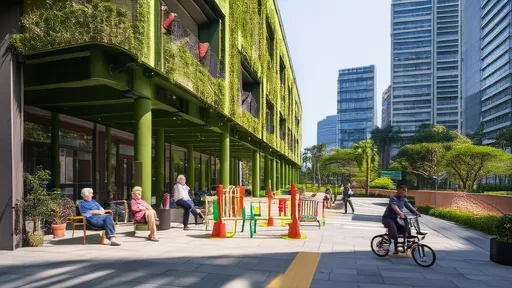
By /Jul 28, 2025

By /Jul 28, 2025
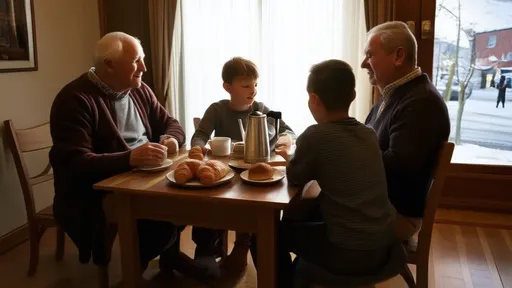
By /Jul 28, 2025

By /Jul 28, 2025

By /Jul 28, 2025
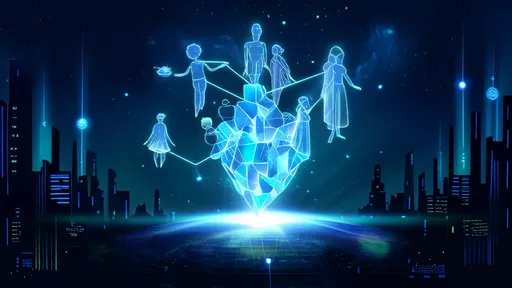
By /Jul 28, 2025

By /Jul 28, 2025

By /Jul 28, 2025

By /Jul 28, 2025

By /Jul 28, 2025

By /Jul 28, 2025

By /Jul 28, 2025

By /Jul 28, 2025

By /Jul 28, 2025
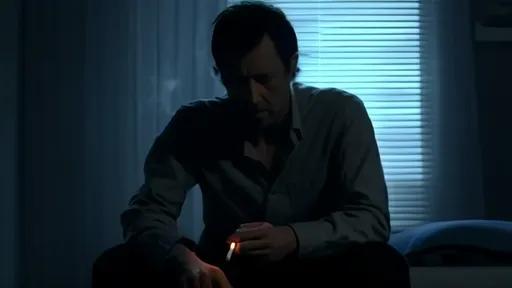
By /Jul 28, 2025

By /Jul 28, 2025

By /Jul 28, 2025

By /Jul 28, 2025

By /Jul 28, 2025
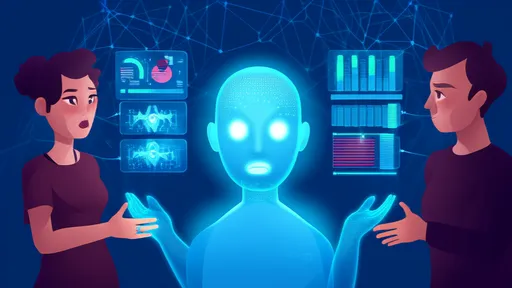
By /Jul 28, 2025